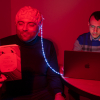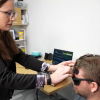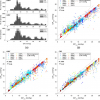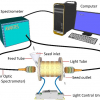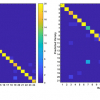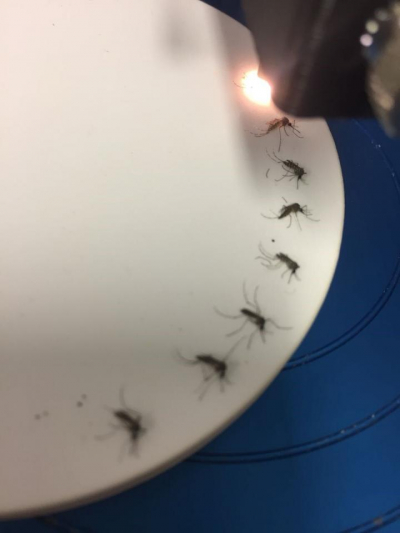
Researchers from the University of Queensland, Australia, and colleagues in Brazil have found that near infrared (NIR) spectroscopy can identify mosquitoes infected with the Zika virus. NIR spectroscopy has been shown to have a 94–99 % accuracy rate in identifying infected mosquitoes under laboratory conditions in Brazil. The team, which includes researchers from Fiocruz University, Rio de Janeiro, Brazil, is testing the accuracy of the technique under field conditions in Rio de Janeiro. Dr Maggy Sikulu-Lord and Dr Jill Fernandes, at the Queensland Alliance for Agriculture and Food Innovation, together with Dr Rafael de Freitas and his team (Fiocruz, Rio de Janeiro), Dr John Beier (University of Miami) and Dr Floyd Dowell (USDA) have demonstrated that NIR spectroscopy is 18-times faster and 110-times cheaper than the current detection method.
“We can quickly identify mosquitoes that are infected with Zika virus so public health authorities can treat affected areas before disease spreads to humans”, Dr Sikulu-Lord said. “This is definitely going to be a game-changer in disease surveillance, especially in the prediction of disease outbreaks. It only involves shining a beam of light onto mosquitoes and using that information to determine if the mosquito is infected.”
Zika is a mosquito-borne virus that can cause abnormalities in unborn babies and is linked to the rare paralysing condition called Guillain–Barre Syndrome (GBS). Dr Sikulu-Lord hopes the World Health Organisation will use NIR spectroscopy in countries where Zika is endemic.
“We hope public health authorities can use it to predict future disease outbreaks and save lives by treating mosquito populations in time.”
Further, she believes the technology has the potential to detect a number of diseases.
“We hope to have results for detecting dengue and malaria in mosquitoes in the next few months. We don’t think it will eradicate diseases but it will give us the ability to detect diseases quickly so that we can stop disease outbreaks.”
The work has been published in Science Advances.









